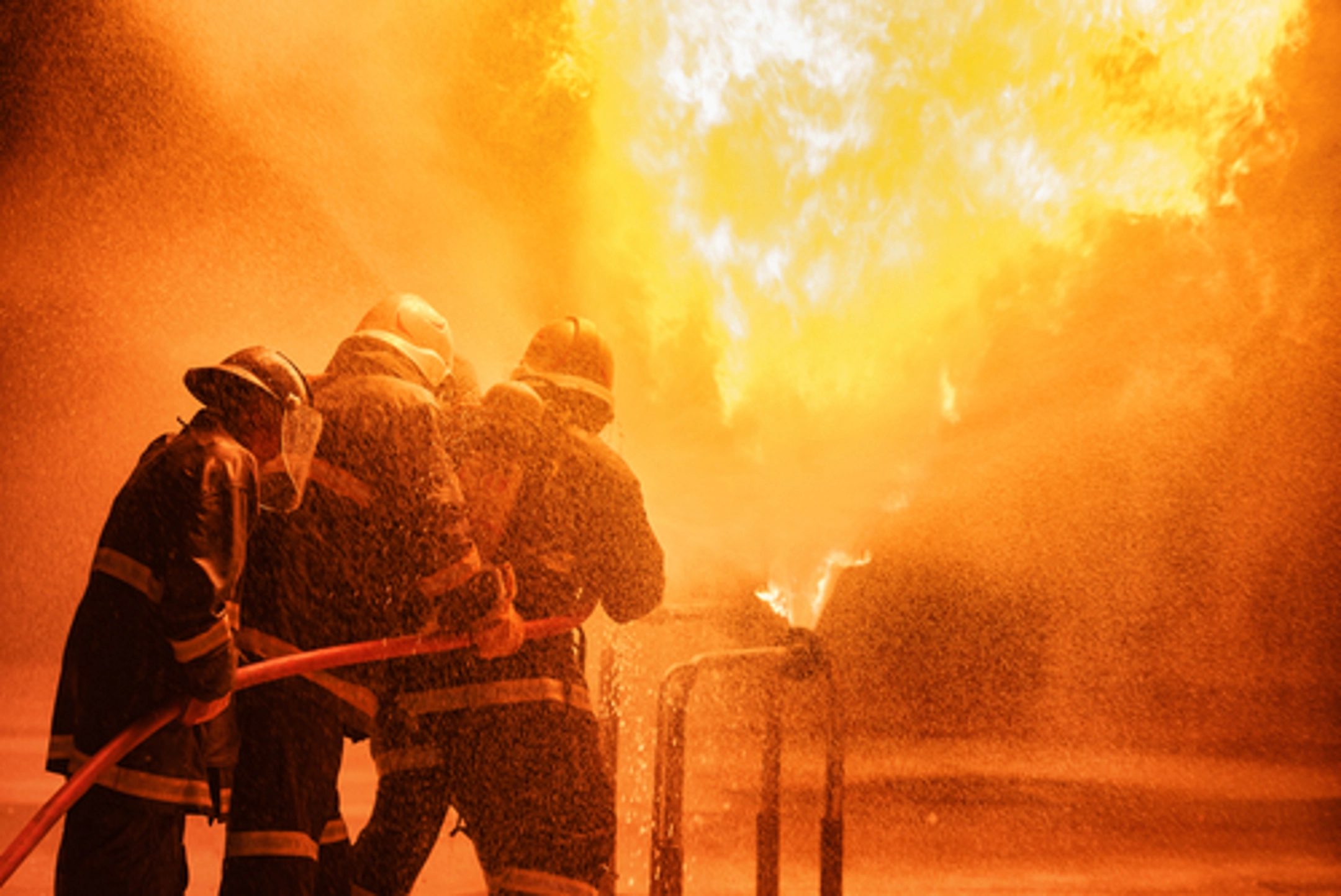
Did you know there are five different “classes” or categories of fire, based on the substance that fuels them? Beyond that, there are also different ways they should be put out, depending on their class. Along these lines, how can SERVPRO® help with cleanup and restoration if a fire occurs? We are Here to Help® provide this information, so you can be equipped with the knowledge to help avoid (or minimize your chances) of any class of fire occurring.
The Five Classes of Fire
According to the Occupational Health and Safety Administration (OSHA), there are ultimately five classes of fire, which include:
- Class A Fires
- Class B Fires
- Class C Fires
- Class D Fires
- Class K Fires
We go into detail on each of them below.
Class A Fires
Class A fires start from any type of regular combustible, which includes wood, cloth, some plastics, trash, paper, and more. As OSHA notes, a good rule to operate by is that if it leaves ash behind, it can be considered a Class A fire. These types of fires can occur in common spaces such as homes where the aforementioned materials might be present. As Safeopedia states, Class A fires are also common in workplaces, like offices, industrial spaces, and warehouses.
Class B Fires
Class B fires start from flammable liquids or gases, which might include gasoline, propane, grease, or oil. As UCLA Health notes, Class B fires can typically be put out by smothering. As Safeopedia notes, Class B fires commonly occur in the manufacturing, automotive, chemical processing industries, and more. They are also common in laboratories.
Class C Fires
Class C fires involve energized electrical components, in addition to appliances, electrical equipment, and wiring. Water should not be used to put out a Class C fire. APX Data indicates that Class C fires tend to occur in residential, industrial, and commercial locations. They can be the result of electrical malfunctions, natural disasters, human error, and more.
Class D Fires
This is a fire caused by metal and/or flammable metallic materials, such as sodium, magnesium, aluminum, and more. Notably, these types of fires are rare in the roofing industry, as OSHA indicates. So, where do they occur? As Dust Safety Science indicates, Class D fires are commonly found in industrial spaces, including chemical plants, laboratories, factors, and places where metal is used, stored, and/or processed.
Class K Fires
These types of fires are common in commercial cooking operations, particularly when using vegetable or animal cooking oils or fats, in deep fat fryers.
How to Put Out Each Class of Fire
Because each type of fire originates from a different source, they require different methods to be put out. For example, as noted above, water should not be used to extinguish Class C (or even Class B) fires, as this might cause electrical shock, or the fire to spread even further.
Just as there are five classes of fire, there are five types of fire extinguishers for each type. Read our companion article to learn more, keeping in mind there are also some combination fire extinguishers, such as type “BC” and type “ABC.” (The first is a carbon dioxide that can be used on electrical or chemical fires, and the second is a dry chemical that can be used on all class types.)
Ultimately, when using a fire extinguisher, remember the acronym “PASS.”
“P” for Pull: Pull the fire extinguisher pin.
“A” for Aim: Use the nozzle to aim at the base of the fire.
“S” for Squeeze: Squeeze the trigger, allowing the product to release.
“S” for Sweep: With a sweeping motion, slowly move the nozzle from the side to side.
For Any Type of Fire Damage Cleanup, SERVPRO is Here to Help
No matter which class of fire you are struck by, SERVPRO is prepared to provide 24-hour emergency cleanup, restoration, and reconstruction services year-round. From minor fire damage contained to a single room in your home to severe damage in a large commercial property, SERVPRO technicians across North America are available anytime. With 2290 SERVPRO locations in the United States and Canada, there is a franchise near you, staffed with knowledgeable technicians, elite equipment, and proprietary products, to help return your property to pre-loss condition.
SERVPRO is the #1 choice in fire and water cleanup and restoration*. In addition to expansive fire damage cleanup, teams also offer services such as odor removal, document restoration, carpet and upholstery cleaning, and more. From general cleaning services to specialty cleaning, SERVPRO teams are ready to provide services for residential properties and industries such as restaurant and food service facilities, retail stores and shopping malls, and more, committed to making it “Like it never even happened.”
To learn more about SERVPRO and the cleanup and restoration industry, please visit our FAQ and glossary.